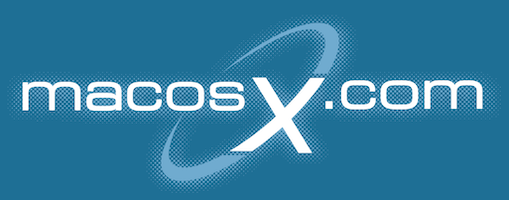All right.. here is my problem
Ive got an PB 17" (Mac OS X 10.3.3), and when I try to boot up I get a picture of a folder with a question mark, so I tried fixing it with the standard reset commands in Open Firmware, but no luck there.
When I type "printenv" it says: hd:,\\:tbxi in boot-device
Since Ive only got one harddrive and it only has one partition. But how do I write it? Should I use the long name: pci@******** or use hd?
Im really lost here
//Dig_Sparx
Ive got an PB 17" (Mac OS X 10.3.3), and when I try to boot up I get a picture of a folder with a question mark, so I tried fixing it with the standard reset commands in Open Firmware, but no luck there.
When I type "printenv" it says: hd:,\\:tbxi in boot-device
Since Ive only got one harddrive and it only has one partition. But how do I write it? Should I use the long name: pci@******** or use hd?
Im really lost here
//Dig_Sparx
